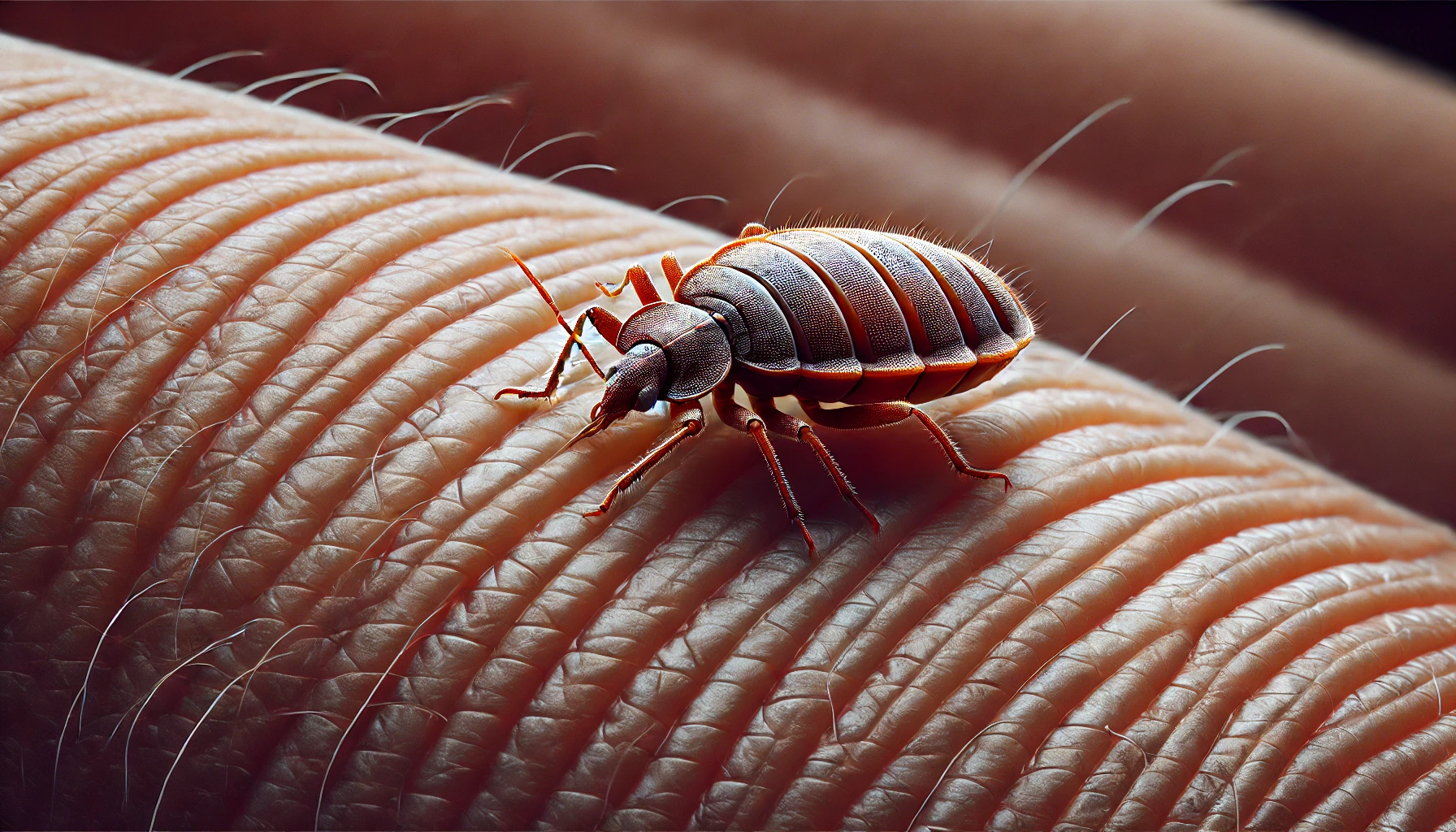This post was written with Consensus AI Academic Search Engine. Bug bites can be more than just a nuisance; they can lead to serious health issues and require immediate medical attention. Identifying the type of bug responsible for a bite is crucial for proper treatment and management. This article explores various methods and technologies for identifying bug bites, focusing on recent advancements in deep learning and machine learning, as well as traditional diagnostic techniques.
Deep Learning Methods for Bug Bite Classification
Recent advancements in deep learning have shown promise in the classification of bug bites. A study developed a computer-aided system that uses pre-trained state-of-the-art deep learning architectures with transfer learning to classify bug bite images. The system achieved an accuracy of 86% using a stacking ensemble model, outperforming individual Convolutional Neural Networks (CNNs)1. This technology can be particularly beneficial for medical personnel in diagnosing bug bites from images taken with mobile phones.
Bed Bug Infestation and Identification
Bed bugs are blood-feeding insects that have seen a resurgence in developed countries, possibly due to international travel and changes in pest control practices2. Identifying bed bug bites can be challenging as they are often misdiagnosed. Bed bug bites typically present as pruritic, erythematous maculopapules occurring in clusters or in a linear distribution on exposed areas of the body6. The “eyelid sign,” characterized by bites involving the upper eyelid associated with erythema and edema, can be a clue to bed bug bites in pediatric patients9.
Traditional Diagnostic Techniques
Traditional methods for diagnosing bed bug infestations include visual inspections and the use of passive and active monitors. Visual inspections involve identifying live bugs, exuviae, or fecal droplets, but they can be time-consuming and unreliable when only a few bugs are present10. Passive monitors use adhesives to trap bugs, while active monitors generate carbon dioxide, heat, or pheromones to attract bed bugs to a trap10.
Machine Learning for Insect Bite Classification
Machine learning has also been applied to the classification of insect bites. A study developed a mobile application that uses Random Forest and Support Vector Machine models to classify images of insect bites. Random Forest models achieved better performance and were faster than Support Vector Machines4. This technology can assist doctors in diagnosing victims and providing appropriate treatment.
Case Studies and Practical Applications
In a practical case, a family from Delaware identified a Triatoma sanguisuga, commonly known as a “kissing bug,” which can transmit Chagas disease. The insect was identified through a multidisciplinary research program and confirmed by the CDC8. Another innovative approach involved the development of the Modified Onesie Biting Bug Assessment suit, which helps provide evidence that lesions are due to arthropod bites7.
Conclusion
Identifying bug bites accurately is essential for effective treatment and management. Advances in deep learning and machine learning offer promising tools for the classification of bug bites, while traditional methods and innovative practical applications continue to play a crucial role. Combining these approaches can enhance our ability to diagnose and manage bug bites effectively.
